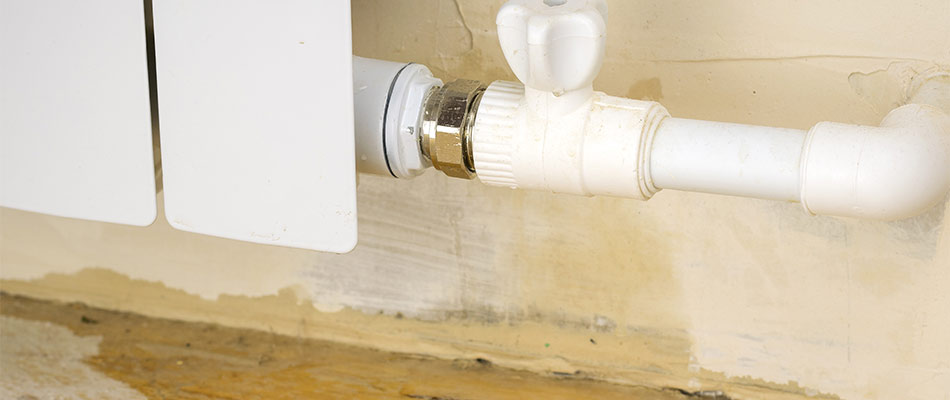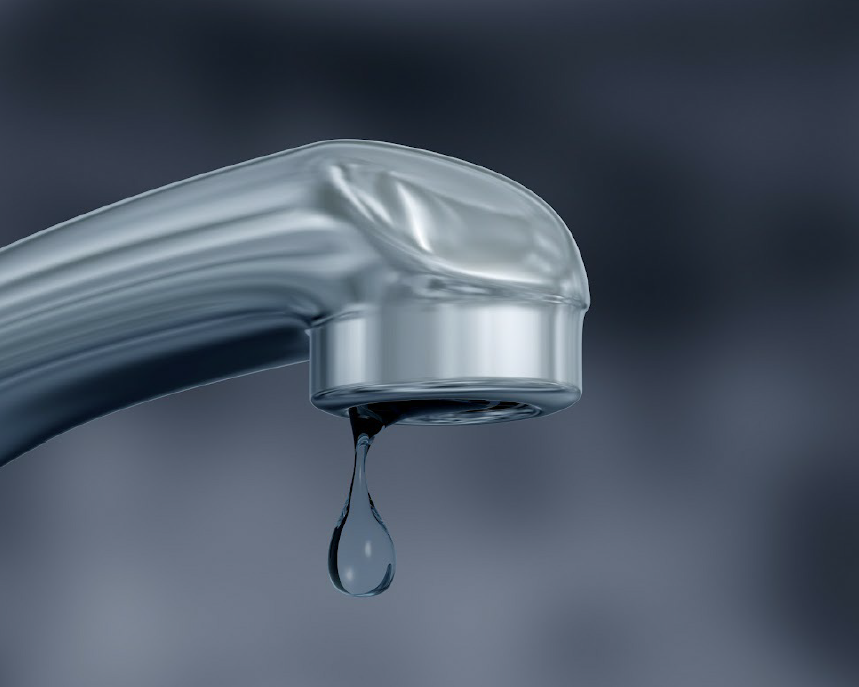This post in the next paragraphs pertaining to Leaking water lines is especially remarkable. Check it out for yourself and see what you think of it.

Early discovery of leaking water lines can minimize a prospective disaster. Some little water leaks might not be visible.
1. Check Out the Water Meter
Every residence has a water meter. Inspecting it is a proven way that helps you find leakages. For starters, switch off all the water sources. Make certain no one will certainly purge, use the faucet, shower, run the cleaning machine or dishwashing machine. From there, most likely to the meter and watch if it will transform. Since nobody is utilizing it, there must be no activities. That suggests a fast-moving leakage if it relocates. Furthermore, if you identify no changes, wait an hour or two and also examine back once more. This means you might have a slow-moving leakage that might even be underground.
2. Check Water Intake
Examine your water bills and also track your water usage. As the one paying it, you ought to see if there are any type of discrepancies. If you detect sudden changes, in spite of your intake being the same, it means that you have leaks in your plumbing system. Bear in mind, your water costs must fall under the exact same range monthly. A sudden spike in your bill indicates a fast-moving leakage.
A constant rise every month, also with the same practices, shows you have a slow leak that's likewise slowly intensifying. Call a plumber to completely inspect your home, specifically if you feel a cozy location on your floor with piping underneath.
3. Do a Food Coloring Examination
30% comes from toilets when it comes to water consumption. Examination to see if they are running appropriately. Drop flecks of food color in the tank as well as wait 10 minutes. If the shade somehow infiltrates your bowl throughout that time without flushing, there's a leak in between the storage tank and also bowl.
4. Asses Outside Lines
Don't fail to remember to check your outside water lines also. Ought to water permeate out of the link, you have a loose rubber gasket. One small leakage can waste heaps of water and also increase your water expense.
5. Assess the circumstance and check
Property owners need to make it a practice to examine under the sink counters and also inside cabinets for any type of bad odor or mold and mildew development. These 2 red flags suggest a leakage so punctual attention is needed. Doing regular evaluations, even bi-annually, can conserve you from a significant problem.
Much more significantly, if you recognize your residence is currently old, keep a watchful eye on your heaters, tubes, pipelines and so on. Look for stainings and also damaging as the majority of devices and also pipelines have a life expectancy. They will likewise normally degrade because of wear and tear. If you presume leaking water lines in your plumbing system, do not wait for it to rise. Call an expert plumber right now so you don't wind up with a terrible mess in your house.
Early detection of dripping water lines can minimize a potential catastrophe. Some little water leaks might not be visible. Checking it is a guaranteed method that aids you uncover leakages. One small leakage can throw away tons of water and spike your water bill.
If you think leaking water lines in your plumbing system, don't wait for it to escalate.
How to Know If Your Home Has a Hidden Leak
Water Meter Reveals Inexplicable Water Usage
If you’d like to test whether or not there’s a leak somewhere in your home, you can do this using your water meter. Here is how to conduct the test:
Don’t use any water in your home for at least 30 minutes; this also means not turning on faucets or water-using appliances.
Go outside, and check your water meter for activity.
If your water meter shows that there was activity, even though no one was using any water, this proves that there is a leak in your home.
Visible Mold or Mildew Growth
Leaks behind walls create moist, dark environments that allow mold and mildew to grow and thrive. Eventually, you might see mold growth forming on the wall closest to a hidden leak.
If mold is growing in an area that receives a high amount of moisture, such as a bathroom, it may simply be an indication that better ventilation is needed. However, if you see mold growth on a wall or the ceiling in an area where you would not expect, you probably have a hidden leak.
Musty, Mildew Odor
Sometimes you might not be able to see the mold or mildew that is growing as a result of a leak. However, the smell can give the problem away just as easily. If you catch a whiff of something musty, there’s a good chance that old water is collecting somewhere in your home that you can’t see.
Stained/Warped Walls, Ceilings, or Floors
When your home soaks up water, a variety of red flags can become visible, including ceiling stains, bubbling drywall, warped walls, and sagging floors. While these issues can be caused by excess humidity, they can also be signs that a pipe or plumbing connection has started leaking behind your walls.
Inexplicably High Water Bill
After a while, you get a general sense for what your water bill should be. If you own a pool or sprinkler system, your bill will tend to be higher during summer. However, if you receive a water bill that seems especially high, and you can’t figure out what caused it, then you may have a hidden leak somewhere that’s increasing your bill.
https://www.plumbingjoint.com/blog/2019/july/how-to-know-if-your-home-has-a-hidden-leak/

I came across that piece of writing on Finding hidden leaks when surfing around the web. Enjoyed reading our write up? Please share it. Help other people locate it. Many thanks for your time. Come back soon.
Comments on “How to Locate as well as Repair Work Water Leaks-- A Comprehensive Overview”